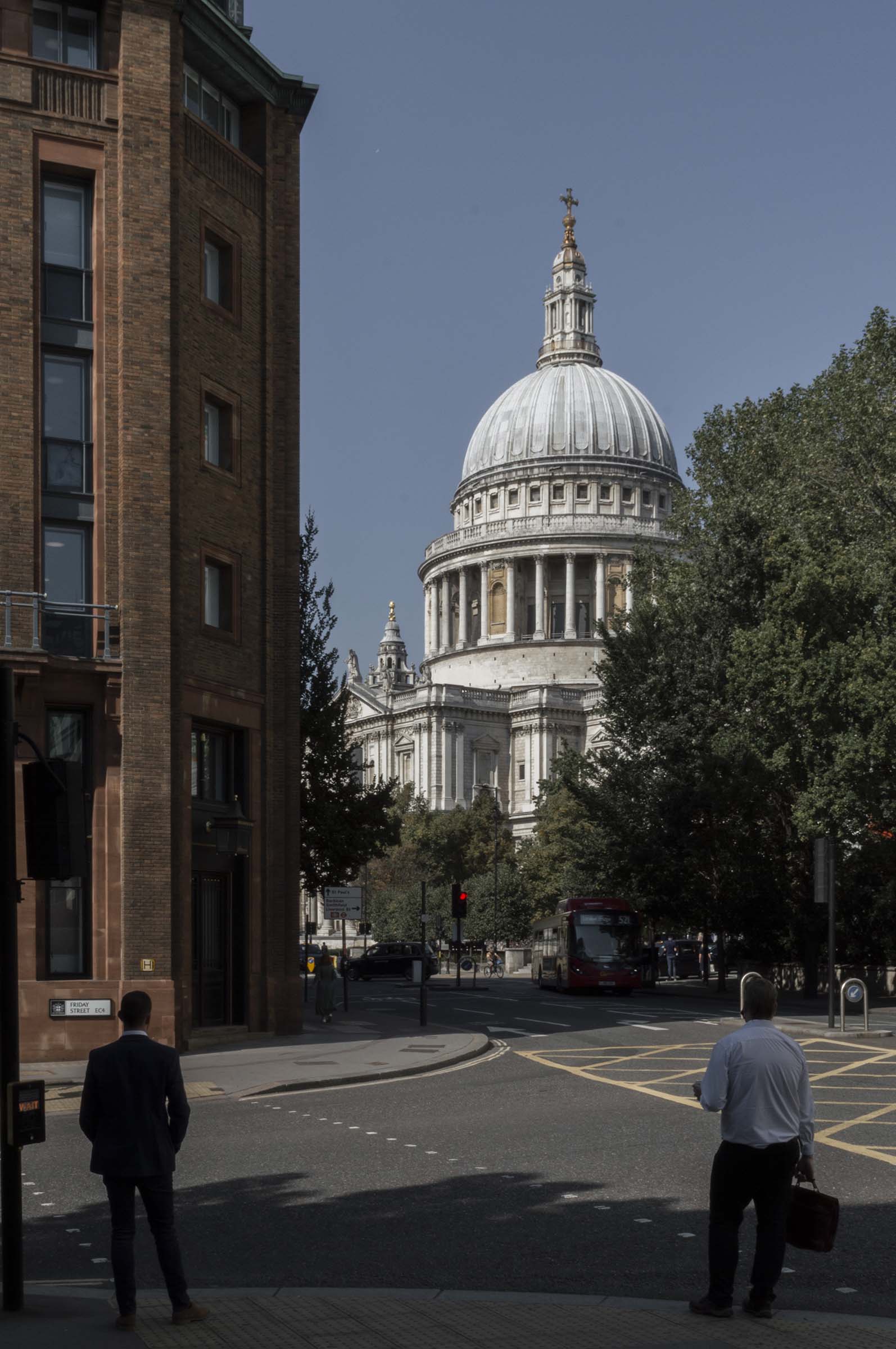How to identify a historic building
There is no doubt that Saint Paul’s cathedral or a Cotswold’s thatched-roof cottage are historic buildings. It is clear then that not all historic buildings are majestic and famous.
We can quickly identify these buildings as historic, but they don’t seem to have much in common; one is public, the other is private. They also differ in size and style. They belong to different times in history and serve different purposes. The Cotswold cottage uses local stone. Saint Paul’s shines in Portland stone, a material traditionally used for public buildings in the City of London. There is an extra layer, an element that defines such different buildings under the same label: ‘historic’.
The term historic clearly refers to history, and therefore the clue is in the 4th dimension: time. Historic buildings, independently from their appearance, can tell us about their own time, their past events. The Cotswold cottage tells us about the time when buildings used local resources and were shaped to adapt to the local climate.
Historic buildings have the quality to encapsulate the traits of a past time. They can tell us about the culture, the economy or the technology of their time, or the time they have lived through. For instance, Saint Paul’s tells us of its medieval origin and its presence during WWII. It tells us about the classical taste during its reconstruction in the late seventeenth century, and it shows the advances in mathematics by the achievement of its dome.
Nevertheless, time is relative, and so is the concrete definition of historic building. Conceptually it is challenging to establish a virtual line to point to the time when buildings stop being historic and are just buildings. This virtual line keeps moving as time passes by. The cultural and political context is crucial when defining this virtual line. For instance, preservation rules in the USA offer a guideline of 50 years to locate this invisible line. In Hong Kong, the conservation rules advise that buildings should be older than 30 years. Similarly, Historic England, the body that reports on the protection of historic buildings in England, considers that a 30 years period allows sufficient time perspective to understand the significance of a building.
Historic buildings can come in many forms beyond listed buildings. Signs of history are present in traditional buildings, buildings in conservation areas, buildings of local interest, buildings in world heritage sites or the place where you live. Buildings with no statutory protection can also have value as a heritage asset. British Standard 7913:2013 and national and international bodies, like SPAB and ICOMOS, recognise their value.
Conservation is not just for the care of those historic buildings legally protected. The use and maintenance of historic buildings can benefit owners, users, and communities. There are the aesthetic benefits of enjoying architecture that is different to today. It also offers creative opportunities, in particular in the case of upgrading buildings to current standards and in the reuse of existing structures to create new uses and spaces.
--Historic Building Studio 17:53, 11 Mar 2022 (BST)
[edit] Related articles on Designing Buildings
IHBC NewsBlog
Images from inside a Grade II listed hotel show the scale of its collapse
The Corbett Arms in Tywyn has fallen into serious disrepair.
Old Sarum fire in listed (& disputed) WW1 Hangar - Wiltshire Council has sought legal advice after fire engulfed a listed First World War hangar that was embroiled in a lengthy planning dispute.
UK Antarctic Heritage Trust launches ‘Virtual Visit’ website area
The Trust calls on people to 'Immerse yourself in our heritage – Making Antarctica Accessible'
Southend Council pledge to force Kursaal owners to maintain building
The Council has pledged to use ‘every tool in the toolbox’ if urgent repairs are not carried out.
HE’s Research Magazine publishes a major study of the heritage of England’s suburbs
The article traces the long evolution of an internal programme to research 200 years of suburban growth
IHBC Context 183 Wellbeing and Heritage published
The issue explores issues at the intersection of heritage and wellbeing.
SAVE celebrates 50 years of campaigning 1975-2025
SAVE Britain’s Heritage has announced events across the country to celebrate bringing new life to remarkable buildings.
IHBC Annual School 2025 - Shrewsbury 12-14 June
Themed Heritage in Context – Value: Plan: Change, join in-person or online.
200th Anniversary Celebration of the Modern Railway Planned
The Stockton & Darlington Railway opened on September 27, 1825.
Competence Framework Launched for Sustainability in the Built Environment
The Construction Industry Council (CIC) and the Edge have jointly published the framework.

















